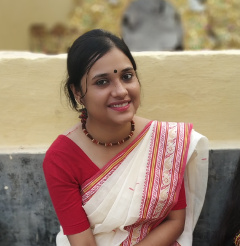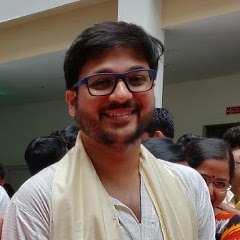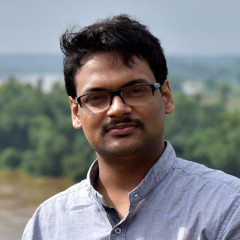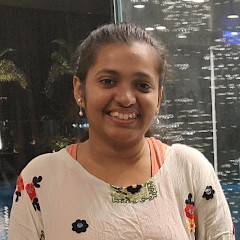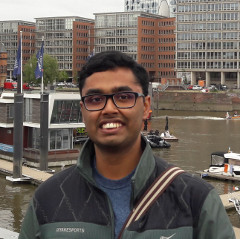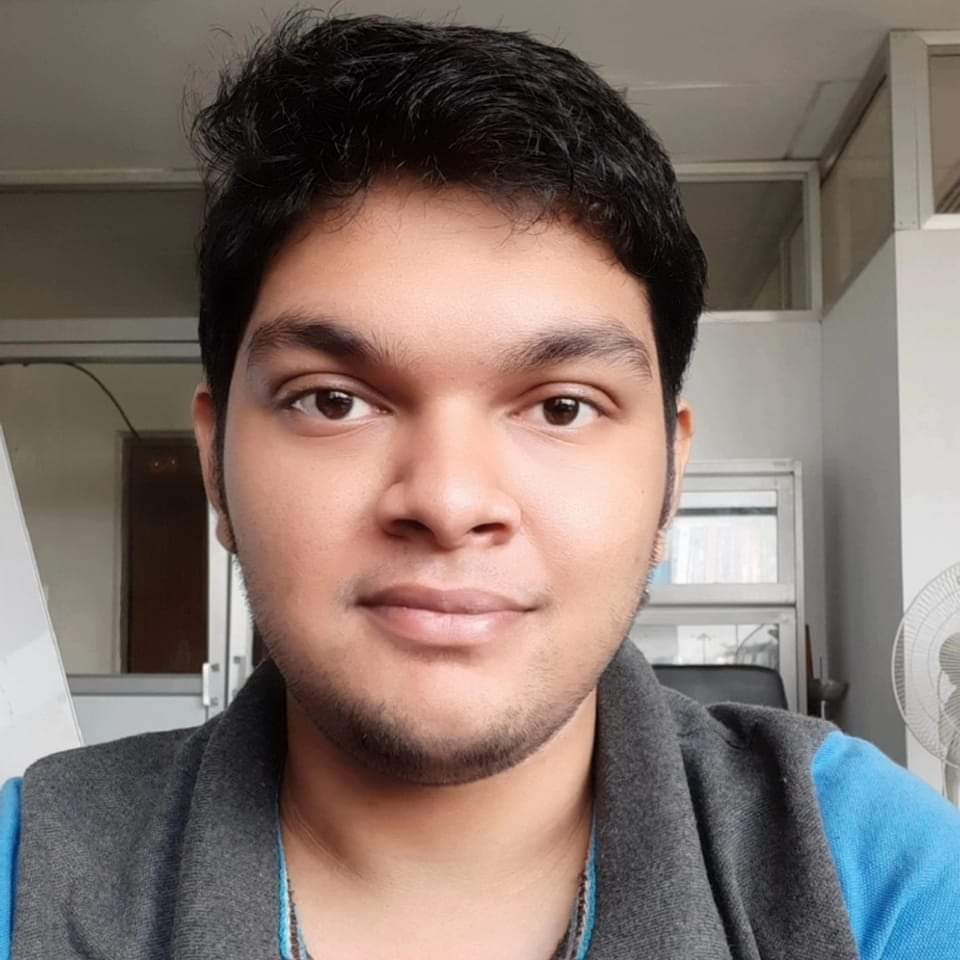SPIN LAB
Ours is a research group in the Department of Physical Sciences of IISER Kolkata, which works on open quantum systems, quantum dynamics, and quantum information.
Principal Investigator
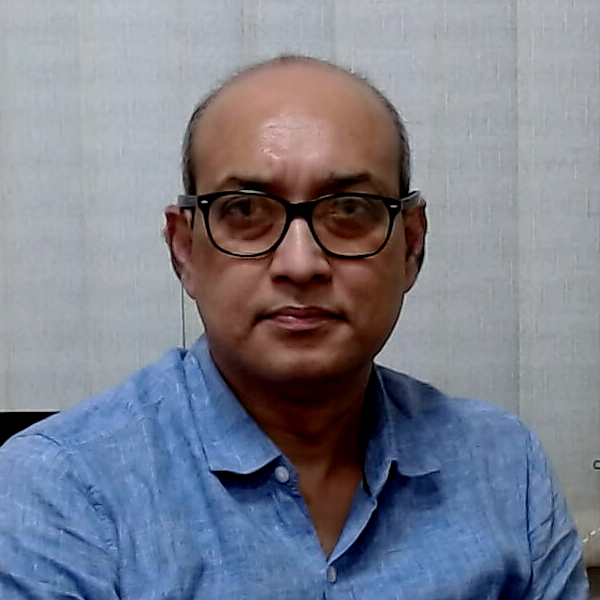
Prof. Rangeet Bhattacharyya
Rangeet Bhattacharyya completed his doctoral studies on experimental magnetic resonance techniques under the tutelage of Anil Kumar from the Physics department of the Indian Institute of Science, Bangalore, India (2005). Later, he gained experience in solid-state magnetic resonance techniques with Lucio Frydman of Weizmann Institute of Science, Isreal, and in the spectroscopy of energy materials with Clare P Grey, FRS, Stony Brook University, NY, USA. He also worked briefly on quantum rotors with Malcolm Levitt at Southampton University, UK.
Since 2010, he has been a faculty member in the Department of Physical Sciences, in the Indian Institute of Science Education and Research Kolkata. His present research interests lie in the area of driven-dissipative quantum systems. He works on the developments of quantum master equations and applications of the master equations in quantum optics and in quantum information processing.
Positions
- Professor, Indian Institute of Science Education and Research Kolkata, India (2021 - present)
- Associate Professor, Indian Institute of Science Education and Research Kolkata, India (2016 - 2021)
- Assistant Professor, Indian Institute of Science Education and Research Kolkata, India (2010 - 2016)
- Postdoctoral Fellowship, Southampton University, Southampton, UK (2009-2010)
- Postdoctoral Fellowship, State University of New York Stony Brook, Stony Brook, USA (2008-2009)
- Postdoctoral Fellowship, Weizmann Institute of Science, Rehovot, Israel (2005-2007)
- PhD, Indian Institute of Science, Bengaluru, India (2000-2005)
Awards and Honors
- Laura Marinelli Award, 50th Rocky Mountain conference on solid state NMR, USA (2008)
- Fellowship, Feinberg Graduate School, Weizmann Institute of Science, Israel (2006-2007)
- Reva G Stone fellowship (Feinberg Graduate School), Weizmann Institute of Science, Israel (2005-2006)
- University Gold medal, Jadavpur University, Kolkata, India (1997).
Research areas
We investigate the time evolution of quantum systems in contact of a thermal reservoir. A thermal reservoir consists of a large number of degrees of freedom and is assumed to be in equilibrium at a given temperature. The reservoir undergoes thermal fluctuations which have no long-term deleterious effect on the equilibrium. If a quantum system is in contact with this reservoir, then one may visualize the problem as: the system and the bath together are part of one single Hilbert space; only a subset of this Hilber space (the reservoir part) experiences thermal fluctuations. The question that we strive to answer is "How do these fluctuations affect the dynamics of the quantum system?"
To answer the above question, we begin by creating a finite propagator which takes into account a finite evolution due to the fluctuations (or many instances thereof) and a comparatively weak evolution (and hence linearlizable) under system Hamiltonians (drive on the system, other interactions, and spin-bath coupling). A coarse-grained approach results in a quantum master equation (QME) which has a exponential regulator from the fluctuations for all second order system processes. We show that this regulator is also present in the second-order drive terms and hence we obtain a drive-induced dissipation term. We have also verified this term experimentally. The Kramer-Kronig pair of this term (at an appropriate limit) explains the well-known Bloch-Siegert and light shifts.
The drive-induced dissipation is known for many years and are usually attributed to the cross terms between the drive and the spin-bath coupling. Our result differs from this traditional view, in the sense that, drive-induced dissipation would have at least a part which does not strictly depend on spin-bath coupling. Our lab is pioneer in discovering such effects and we aim to generalize our theoretical framework to better estimate this novel effect.
A natural choice of application of these QME is spin-boson systems i.e. a single Two Level System (TLS) coupled to a bosonic bath; the former being subjected to a coherent drive. We aim to better explain the vast volume of experimental reports on drive-induced dissipation (and shifts) with our newly formulated QME.
We are also interested and are presently investigating the protocols of the quantum information processing using strong drive (and hence induced dissipation). It is expected that the drive-induced dissipation would result in less-efficient computation. We aim to quantify the loss and the remedial actions for realistic quantum information processing.
Lab members
-
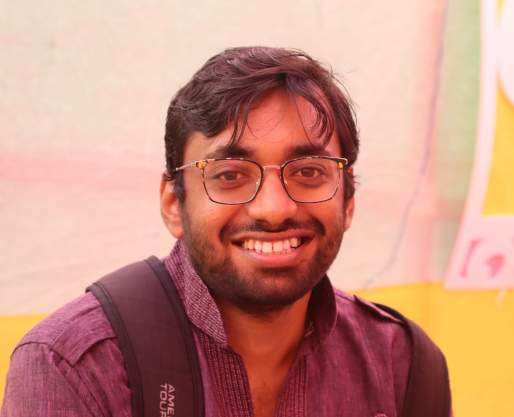 Saptarshi Saha
Saptarshi SahaResearch Scholar, Physics (joined August 2017)
Saptarshi works on understanding the dynamics of dissipative dipolar systems. He is particularly interested in the emergence of nonequilibrium phases, (e.g. prethermal plateau, time-crystal-like phases) in such systems in the presence of weak periodic excitation. He also investigates the effects of dipolar relaxation in quantum information processing and in solid-state nuclear magnetic resonance spectroscopy. -
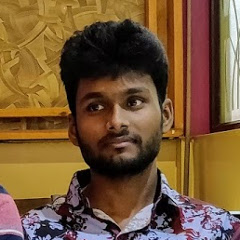 Arpan Chatterjee
Arpan ChatterjeeResearch Scholar, Physics (joined August 2017)
Arpan works on the broad area of quantum optics. He looks into the effects of drive-induced dissipation on coherent population trapping that can be used as a quantum sensor. He also works on the complete description of the driven dissipative dynamics of two-level systems, particularly the resonance fluoroscence. -
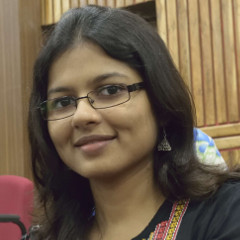 Nilanjana Chanda
Nilanjana ChandaResearch Scholar, Physics (joined January 2018)
Nilanjana works on the problem of quantum information processing in the presence of drive-induced dissipations. In particular, she investigates the efficiencies of qubit gates as affected by drive-induced dissipation. She also works on the modeling quantum measurement process in an open quantum system and other related driven-dissipative dynamics. -
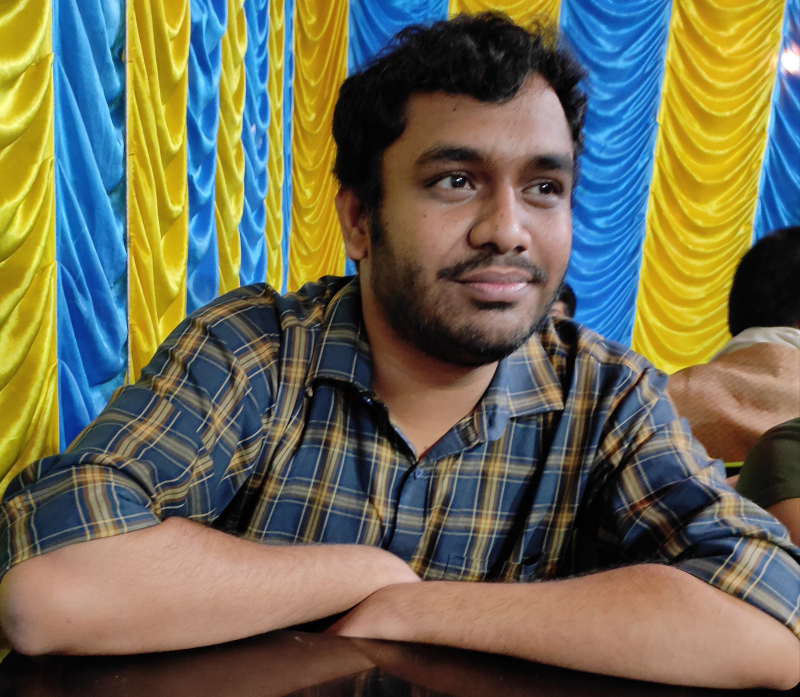 Gourab Das
Gourab DasResearch Scholar, Physics (joined August 2020)
Gourab is working on the information transfer along a noisy quantum channel. In particular, he investigates the optimal speed of information propagation along a 1D Ising chain, analyzed using afluctuation-regulated quantum master equation. He also investigates the collapse of spin states in a Stern-Gerlach setup using techniques of open quantum systems. -
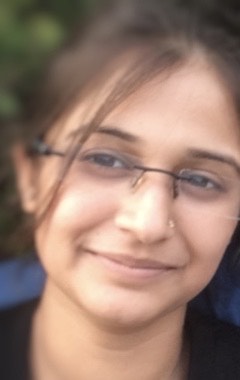 Yeshma Ibrahim
Yeshma IbrahimMasters student, Physics (joined August 2020).
Yeshma is working on the intermediate-timescale thermalization problem with the help of ourfluctuation-regulated quantum master equation. -
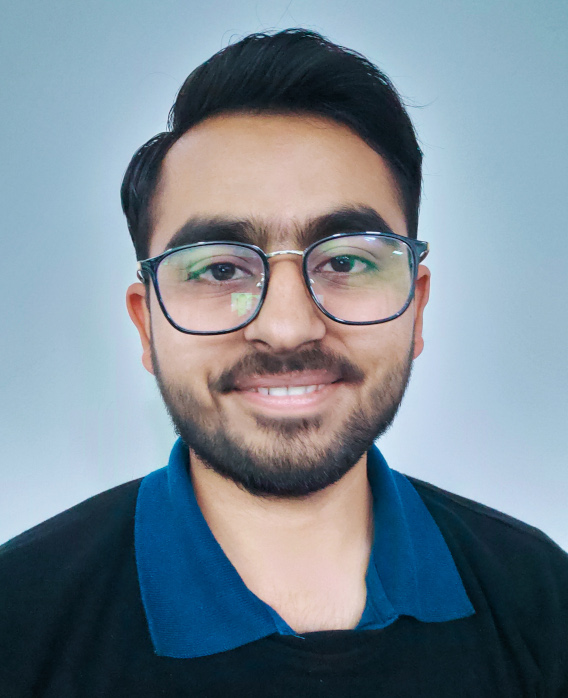 Sarfraj Md Juned Fency
Sarfraj Md Juned FencyMasters student, Physics (joined August 2022).
Sarfraj is investigating the dynamic nuclear polarization problem with the help of ourfluctuation-regulated quantum master equation. He explores the effects of drive-induced dissipation on the polarization transfer process. -
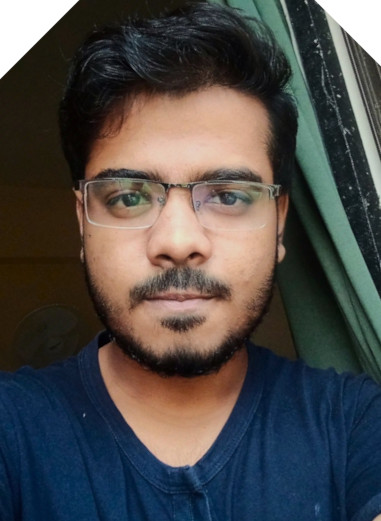 Shubhamay Panja
Shubhamay PanjaMasters student, Physics (joined August 2022).
Shubhamay is investigating the prethermalization process on a dipolar coupled spin-1/2 network with the help of ourfluctuation-regulated quantum master equation. He also explores the usages of such systems as quantum storage and quantum sensors. -
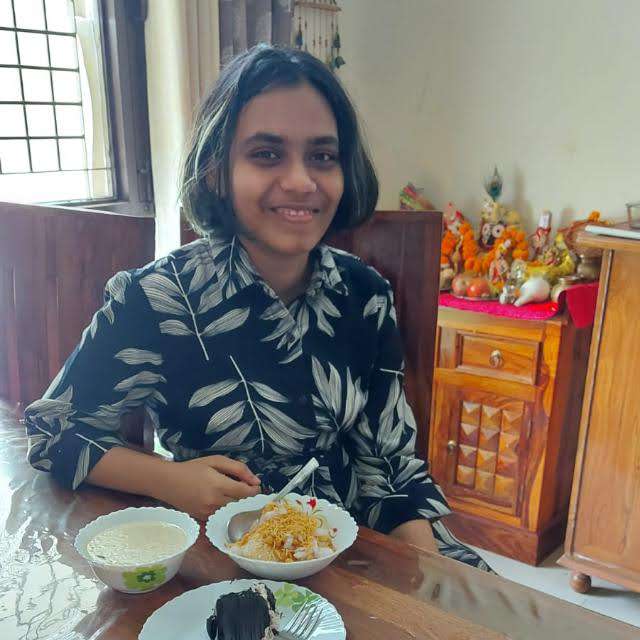 Ishita Jena
Ishita JenaMasters student, Physics (joined August 2022).
Ishita is investigating the emergence of entanglement in a multipartite system in a cavity with the help of ourfluctuation-regulated quantum master equation. She also explores the usages of such systems as entanglement storage. -
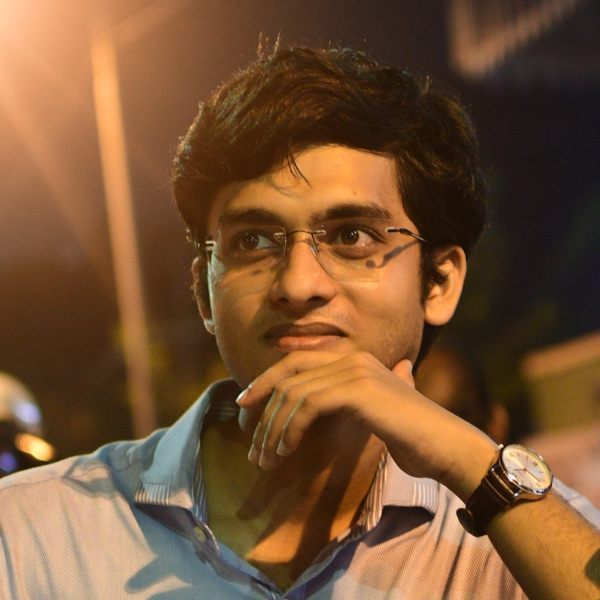 Arkadeep Mitra
Arkadeep MitraMasters student, Physics (joined May 2022).
Arkadeep is working on a novel derivation of the Langevin equation from a single stochastic force modelled by molecular collisions. The primary objective of this work is to rigorously describe the common origin of fluctuation and dissipation from the interaction of a Brownian particle with its bath.
